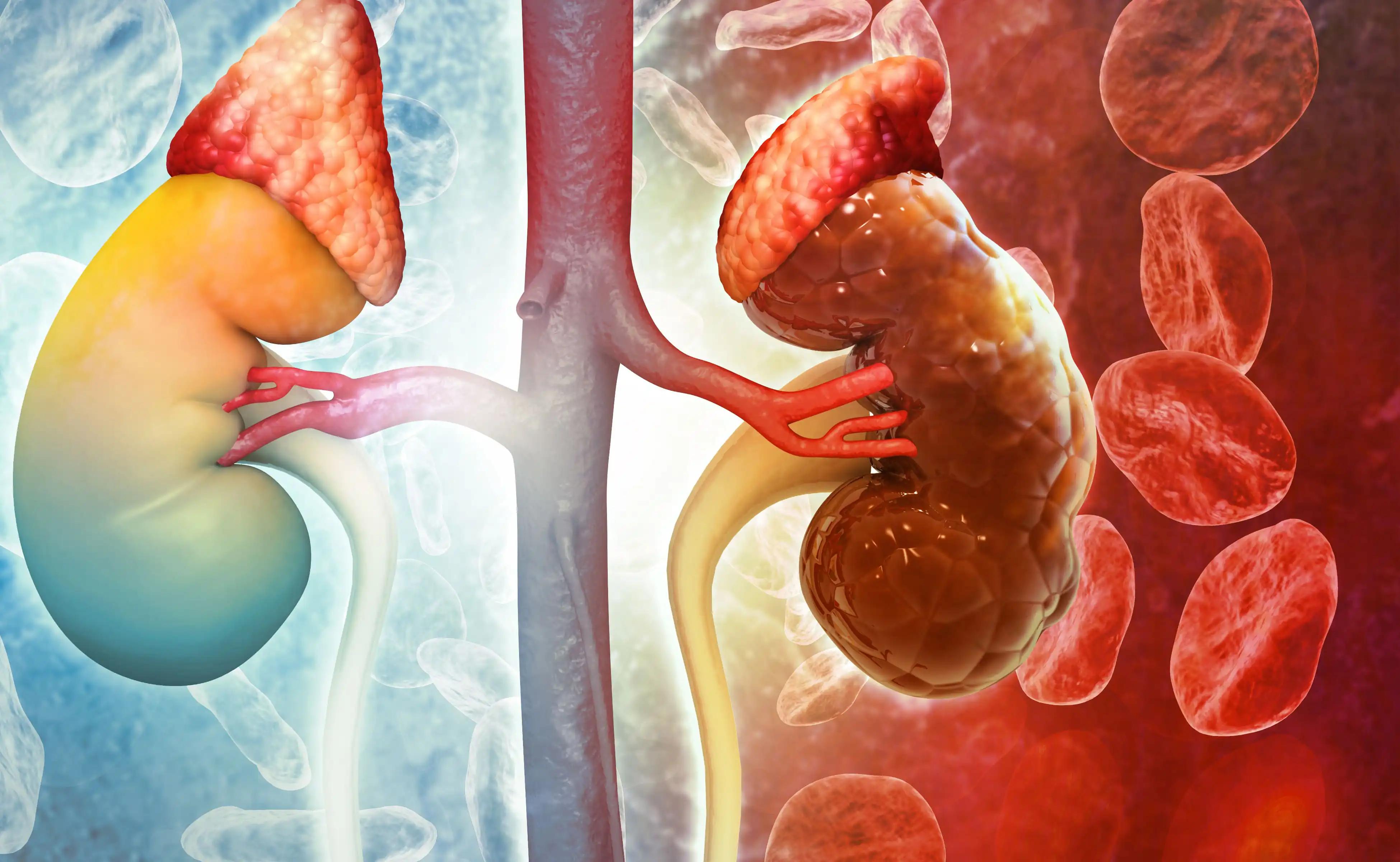KEY TAKEAWAYS
- The phase 3 SPARTAN study analyzed the impact of post-protocol treatment on patients who developed mCRPC while on Apalutamide (Apa).
- The Next Cohort included 311 patients who received a first subsequent therapy for mCRPC, with 77.5% receiving abiraterone acetate plus prednisone (AAP), 9.3% receiving docetaxel, and 6.4% receiving enzalutamide.
- The analysis showed a higher proportion of the Next Cohort had PSA doubling time ≤6 months and a PSA value above median at baseline, and experienced poorer PSA response while on apalutamide treatment, compared to the ITT Apa arm in SPARTAN.
- The median sPFS and sOS were 6.8 months and 20.0 months, respectively.
- The study suggests that selected first line mCRPC therapies, following progression on Apa for nmCRPC, have comparable efficacy in terms of sPFS and sOS. However, limitations of the analysis include its retrospective nature and lack of randomization to first line mCRPC therapy.
The development of metastases is slowed with apalutamide (Apa), and patients with nmCRPC live longer as a result. Metastatic castration-resistant prostate cancer (mCRPC) is a rare form of the disease, although the effectiveness of further therapy after progression on ADT has been poorly researched. The effectiveness of treatment beyond the scope of the protocol was evaluated by conducting a post hoc analysis of SPARTAN, a randomised phase III (NCT01946204) double-blind placebo-controlled trial of Apa for the treatment of men with nmCRPC. The SPARTAN cohort was used for this research, namely those patients who progressed on Treatment and went on to receive their first line of therapy for metastatic castration-resistant prostate cancer (“Next Cohort”).
Treatment of metastatic castration-resistant prostate cancer for the first time was used as the index event in this study. The Next Cohort’s baseline characteristics were compared to the ITT Apa arm’s characteristics in SPARTAN. These variables were presented from the time of first randomization because updated characteristics at the index date could not be calculated. Using the Kaplan-Meier approach, they determined the subsequent overall survival (sOS) and progression-free survival as determined by a physician’s assessment (sPFS) from the index date. While 237 people continued to benefit from Apa after the research was over, 311 were enrolled in the Next Cohort.
Around 29 (9.3%) received docetaxel; 20 (6.4%) received enzalutamide; and 21(6.8%) received therapies other than AAP (abiraterone acetate plus prednisone) as initial subsequent treatment. A larger percentage of the Next Cohort (79.1% vs 71.5% in the ITT Apa arm of SPARTAN) had a PSA doubling time 6 months and a PSA value above the median at baseline, and they had a lower PSA response (51% PSA90 total response rate vs 62%) when taking apalutamide. The median progression-free survival (PFS) was 6.8 months
(95% CI, 5.8-7.9) and the median overall survival (sOS) was 20.0 months (95% CI, 17.0-22.6) Subsequent treatment selection did not appear to affect either sPFS or sOS.
The retrospective nature of this investigation, the fact that patients who had progressed at the completion of the SPARTAN study were included, and the lack of randomization to first line mCRPC therapy all pose as limitations. Yet, after failing Therapy for nmCRPC, the study indicates that several first line mCRPC therapies are just as effective.
Source: https://meetings.asco.org/abstracts-presentations/216974
Clinical trial: https://clinicaltrials.gov/ct2/show/NCT01946204
Stephane Oudard, Boris A. Hadaschik, Laurent Antoni, Joris Diels, Irene Luccarini, Pushpike Thilakarathne, Matthew Raymond Smith, Eric Jay Small



